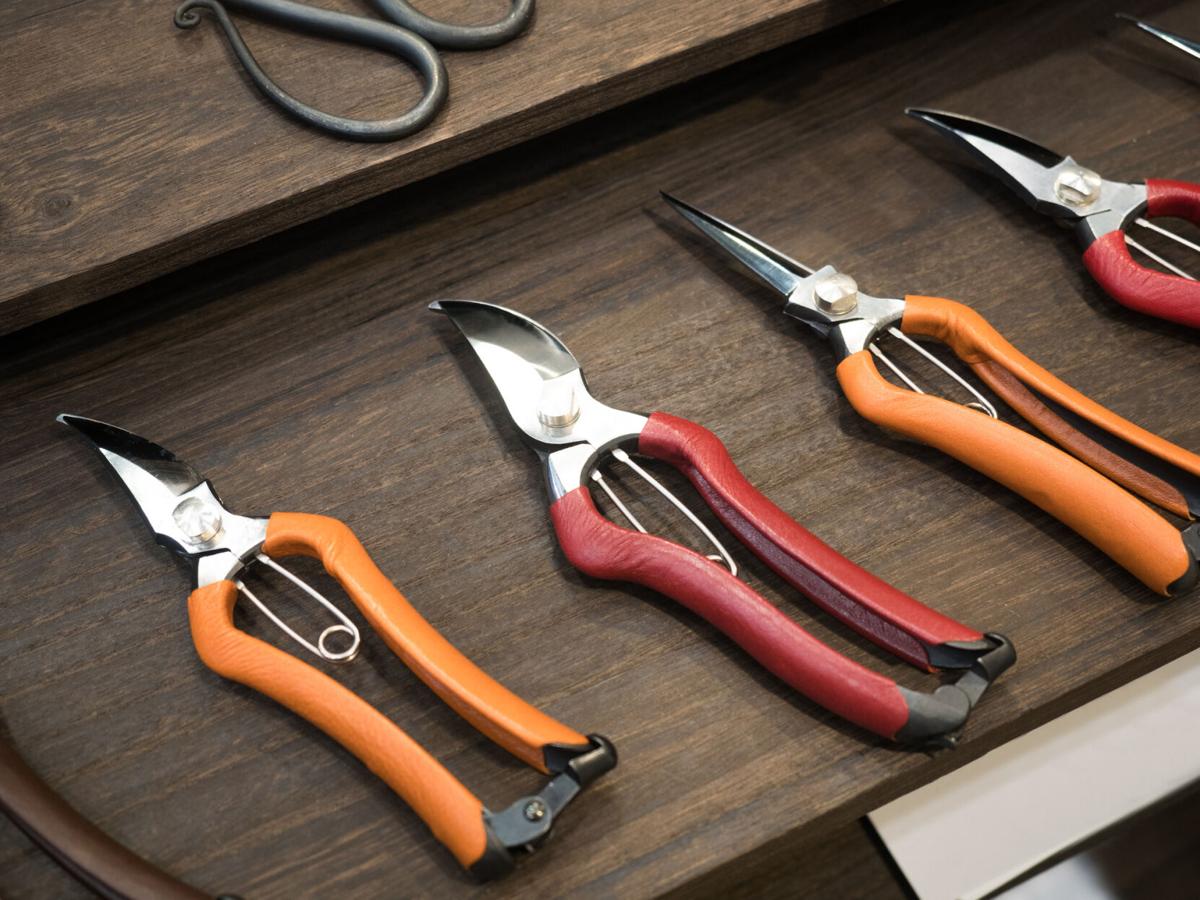Garden tools are an essential part of gardening. Without a good pair of pruners or a proper shovel, you won’t be able to do much gardening. These tools can also be quite expensive. Despite this, many of us don’t treat our tools as well as we should.
This unfortunately includes me. I have been known to leave my tools outside, in the sun and rain, only to chastise myself at the inevitable rust and dullness that results. Because of this, I have become familiar with some techniques for removing rust, cleaning, sharpening and storing tools properly. Here are some tips.
For everyday storage of smaller tools such as spades or hori hori knives, a small bucket filled with sand and a little nontoxic oil (linseed or mineral oil) mixed in will do wonders. The sand takes off some of the dirt, and the oil keeps the surfaces protected.
When you’ve used a tool with a plant, you will need to clean it to remove any potential pests and diseases. First, brush off and rinse any visible debris with soap and water. Then, disinfect the tool. For smaller tools, you can either use 70% rubbing alcohol or a cleaning product like Lysol All-purpose cleaner that contains 0.1% alkyl dimethyl benzyl ammonium saccharinate. You can soak your tool or spray it in the cleaner. For larger tools, you can mix up a batch of 10% bleach solution — that is, one part bleach and nine parts water. Bleach will create pits in metal, so only use it on tools that do not require a sharp edge, like rakes. Once you’ve washed and disinfected your tools, let them air dry and apply some nontoxic oil such as mineral or linseed oil or 3-in-1 Multipurpose Oil.
To remove rust from metal tools, you can use a couple of different methods. First, you can sand or scour it off with a wire brush, steel wool, sandpaper or a grinding tool (depending on how much rust buildup you have). If that doesn’t remove it all, or if you’d rather soak your tools, you can use either vinegar or baking soda and water.
If you’re using vinegar, some suggest adding salt to it. Make sure all of the rusty parts of your tool are submerged in the vinegar, as it will take a few days to remove the rust. For baking soda, make a paste with a bit of water and spread it on the rusty areas. Then leave it for a few hours. The rust should soften enough to come off with minor scrubbing.
Finally, you can also use a cleaning product like Bar Keepers Friend to scrub the rust off your tools. The oxalic acid in this product will remove rust quickly.
After cleaning your tools, use a sharpener to sharpen the edges. A good sharpener for smaller blades like pruners and shears is a handheld sharpening stone. You can also sharpen larger tools such as shovels and spades using a larger sharpening stone or other similar tools. Here’s a handy guide to how to do that, along with product links.
As mentioned above, before you store your tools away, put a bit of oil on them. This will help keep them from rusting. Store them in a dry place, and ideally where their blades won’t rub against other things and dull. Store your shears in the closed position. Also store them out of the sun, so that the plastic handles don’t degrade and crack.
So you’re interested in creating a balcony garden? Here are five tools you’ll need to get started.





